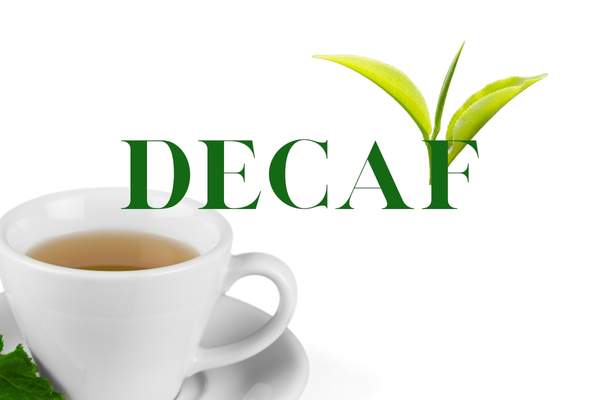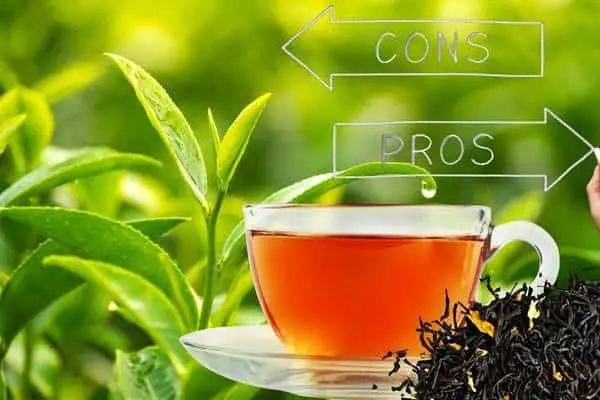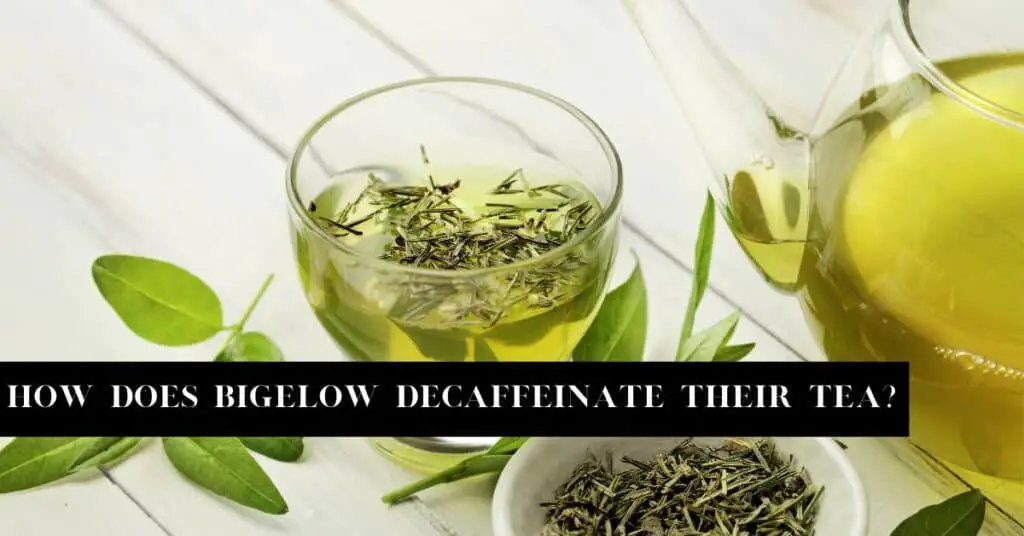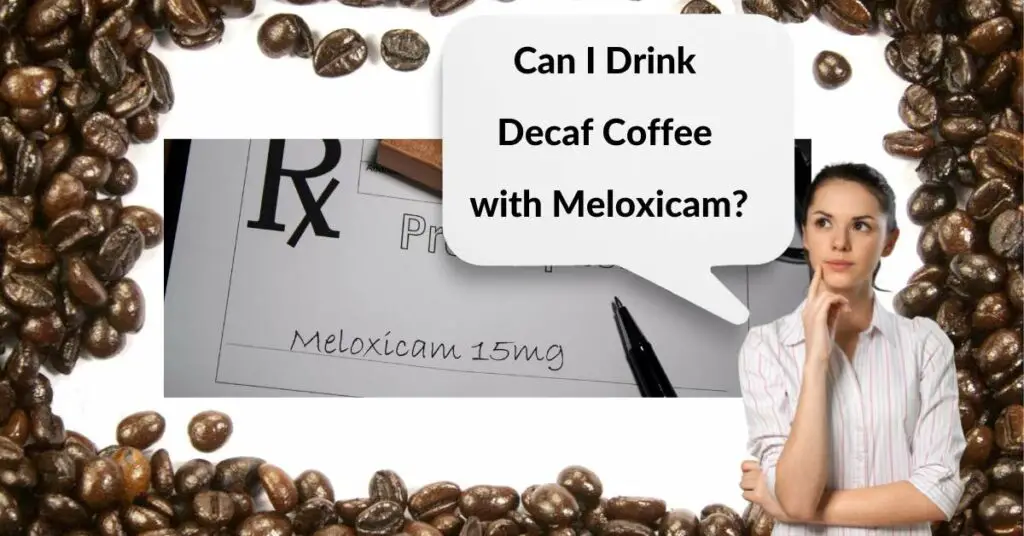Tea is always a pleasant beverage with a lovely aroma and great flavors. There are different varieties of tea. Regular tea is brewed by pouring water into the cured leaves of Camellia Sinensis.
Since these tea leaves naturally contain a small amount of caffeine, all teas brewed will all have caffeine. If you are trying to limit your caffeine intake, you can go for naturally caffeine-free teas like hibiscus, green, peppermint, pure jasmine etc.
Also, decaf tea will be an excellent choice as it contains significantly less caffeine.
You can decaffeinate the tea in different ways: through the water process, supercritical carbon dioxide, ethyl acetate, and methylene chloride.
Bigelow Tea Company uses FDA-approved ethyl acetate decaffeination to remove caffeine from their black teas. For green tea decaffeination, the company uses the carbon dioxide method.
In this blog, you will find information about how Bigelow decaffeinates its tea.
Bigelow Tea Company

Many years ago, Ruth Campbell Bigelow started making different flavored teas. She was a tea lover and assumed many would enjoy the zestfully flavored tea.
She made her specialty tea and distributed it among her family and friends. This tea was named “constant comments” and was popularized in the town.
When Ruth’s tea earned a name, the family decided to make it a family-based business by opening the Bigelow Tea Company. This company is a famous American tea manufacturer making over 50 different tea varieties.
The Bigelow Company serves its customers flavored teas made using organic tea leaves. This company is still a 100% family-owned business, and each member has fingerprints.
Decaffeinated Tea

As mentioned, tea leaves (Camellia sinensis) naturally contain caffeine. Although caffeine will help boost your energy level, it has some side effects.
For people who have caffeine sensitivity, it is better to avoid any caffeinated beverages. Imagine being a tea lover and skipping the beverage since you limit your caffeine intake. This might be hard, as you will start craving the beverage.
Hence, many tea companies produce decaffeinated tea by removing most of the caffeine to satisfy the craving. Decaf teas are not caffeine-free; they will have 2% caffeine compared to regular tea’s caffeine content. Hence, each cup of decaf tea will have less than 2 mg of caffeine.
It is essential to check on the decaffeination method, as some methods may cause side effects. Most people recommend CO2 decaffeination as it is safe and healthy.
Whereas some methods, like ethyl acetate decaffeination, may also remove most of the nutrients present in the tea.
Bigelow Tea Decaffeination Method

The Bigelow Tea Company manufactures decaffeinated teas, especially for caffeine-intolerant customers.
This company uses two different methods to produce its decaf teas. When decaffeinating black tea, they use the ethyl acetate method, while the company uses the carbon dioxide method for green tea decaffeination.
Let’s discuss briefly how Bigelow tea decaffeination takes place.
Bigelow Black Tea Decaffeination (Ethyl Acetate Method)
Since ethyl acetate is a chemical solvent derived from the fruit, you will notice on the label of Bigelow decaf tea that it is “naturally decaffeinated”.
The manufacturers allow the tea leaves to soak well in water and ethyl acetate. The ethyl acetate solvent will attract the caffeine from the tea leaves. Then the soaked tea is cured.
During the curing process, along with water and ethyl acetate, caffeine will also evaporate.
This way, they remove most of the caffeine from their black tea.
Bigelow Green Tea Decaffeination (Carbon Dioxide Method)
The company decaffeinates its green tea by initially soaking the tea leaves in water. Then treat the moistened tea leaves using heat and pressure. Finally, the tea leaves are treated using natural gas (carbon dioxide).
CO2 will attract the caffeine and get evaporated. Hence, this method will help produce decaf green tea leaves.
The Bigelow decaffeinated and cured tea leaves contain 0.1% to 0.4% caffeine. During decaffeination, the company will periodically check the caffeine content and ensure it falls within the above percentage range.
Pros and Cons of Decaffeinated Tea

All decaffeinated teas have some pros and cons.
Pros
Decaffeinated options are primarily in green and black tea.
This will be an excellent choice for caffeine-sensitive people since the tea contains very little caffeine. Decaffeinated beverages are the best choice if you like to sip a cup of tea right before bedtime.
Decaf tea will not disturb your sleep routine or cause insomnia. The CO2 method is the only way to prepare organic decaf teas among the different decaffeination methods.
Cons
When decaffeinating tea leaves using ethyl acetate, the manufacturers label it a “natural decaffeination process.”
In contrast, this chemical solvent will remove most of the nutrients from the tea leaves, and the residues also pose health risks. Hence, there is nothing natural about this method.
High doses of decaf tea containing traces of ethyl acetate may cause liver, respiratory, and nervous problems.
On the other hand, if you consider the CO2 decaffeination method, this process costs more. CO2-decaf teas are expensive and have a lighter taste, attracting only a few tea lovers.
Most of the decaffeination methods alter the flavor of the tea, so this will be a downside for most beginners.
Bottom Line
The Bigelow Tea Company ensures to provide zestfully flavored teas for their customers. The company also has decaf green and black tea options for caffeine-sensitive people.
They decaffeinate the black teas using ethyl acetate. Although this chemical solvent is derived from plants and is called the “natural decaffeination process,” nothing is natural.
Traces of ethyl acetate left in the decaf tea may cause side effects.
CO2 decaffeination is organic and also expensive. In contrast, this method will change the flavor of the tea, making it taste lighter.
The Bigelow Company uses premium-grade green tea leaves, so it helps retain most of the polyphenols during decaffeination. Therefore, purchasing decaffeinated teas from a reputed company will ensure high-quality tea.
FAQs
What is the Best Method to Decaffeinate Tea?
The safest and most recommended way to decaffeinate tea leaves is with CO2. Since carbon dioxide is a natural gas, this method is entirely organic.
This decaffeination method helps to remove the caffeine while retaining the most potential health benefits in the tea leaves. Further CO2 decaffeination will not massively alter the flavor of the tea.
Can I Drink Decaf Tea Before Bed?
Yes, you can drink decaf tea just before going to sleep, as it will not disturb your sleep. The low caffeine content of decaf tea does not cause insomnia.
Is Decaf Tea 100% Caffeine-Free?
No, decaffeination removes most of the caffeine from the tea leaves. Still, there will be around 2.5% caffeine left. Hence, a cup of decaf tea will contain approximately 2mg of caffeine.












